Long Barn Gardens, Kent: The place where Vita Sackville-West and Harold Nicolson learned how to make a garden great
The garden at Long Barn, near Sevenoaks — the home of Lars and Rebecca Lemonius — shares many of the elements that make Sissinghurst Castle famous, says Christopher Stocks. Photographs by Clive Nichols.
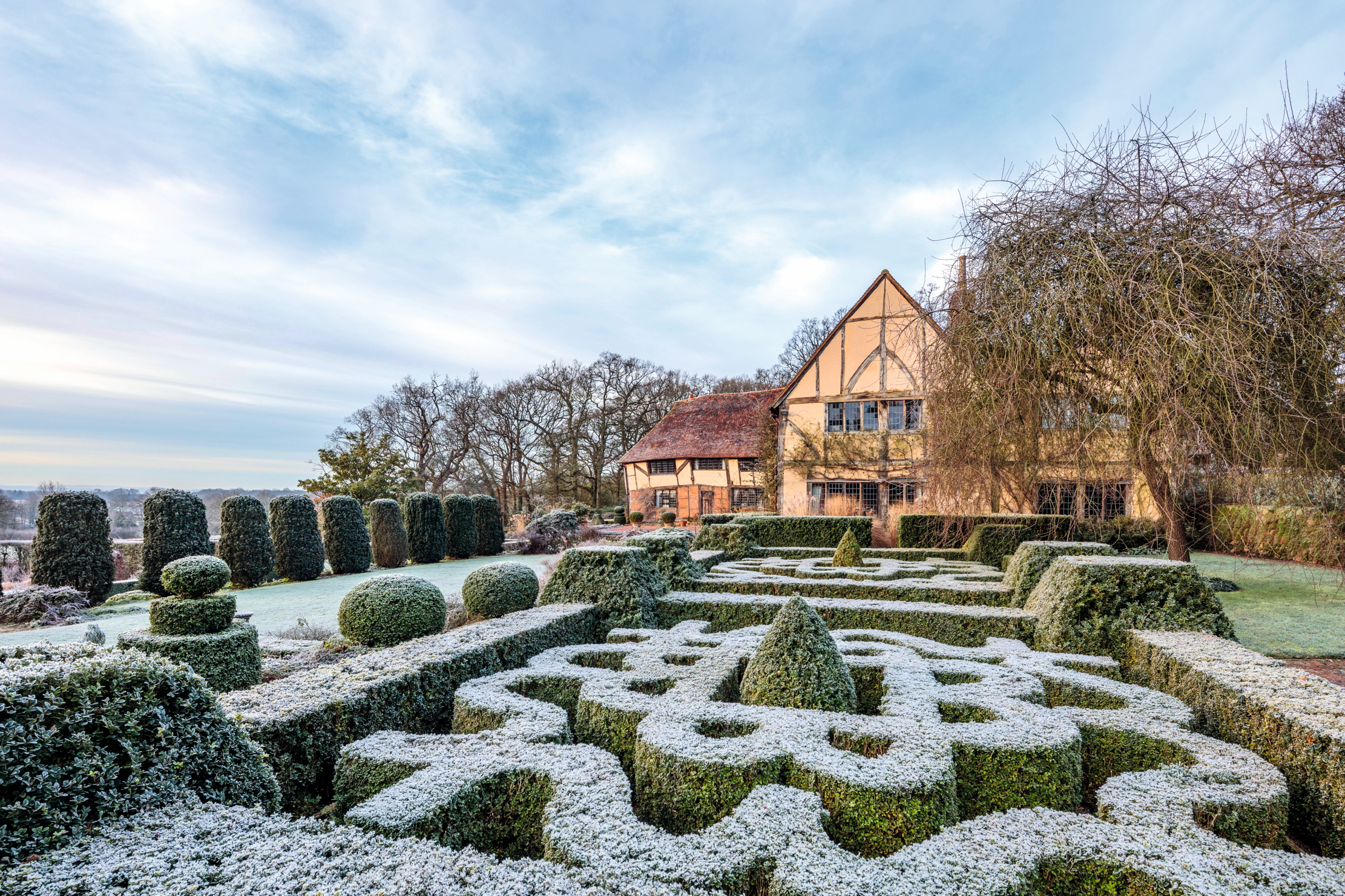
In February 1936, a rich young American couple drove down to Sevenoaks from London, in search of a house they were hoping to rent. Writing in her diary, published as The Flower and the Nettle: Diaries and Letters 1936–39, Anne Morrow recalled: ‘All the way down we kept saying gloomily and angrily, as though to prepare ourselves, “I don’t call this country” and “I don’t call this a little town.” “He [the owner] said it wasn’t suburbia,” and, at various houses on the road, large, ugly, and unprotected, “There it is!”
‘Finally we asked for “Long Barn” and were told “Over the brow of the hill” and then we both said, “There it is!” Low and crouching to the hill, on a corner… screened from the road by low feathery trees. A gate, a little court, and the sense of an old rambling house fitting the side of the hill. It was suddenly very quiet as we stepped out and opened the gate. There were lots of birds singing. We tip-toed around to the back and found the two arms of the low house made a court and then looking down the hill — over gardens to fields and hills and farms — all quiet, all country, all still. It was evening and very peaceful and C. and I laughed — for joy, really, such a house!’
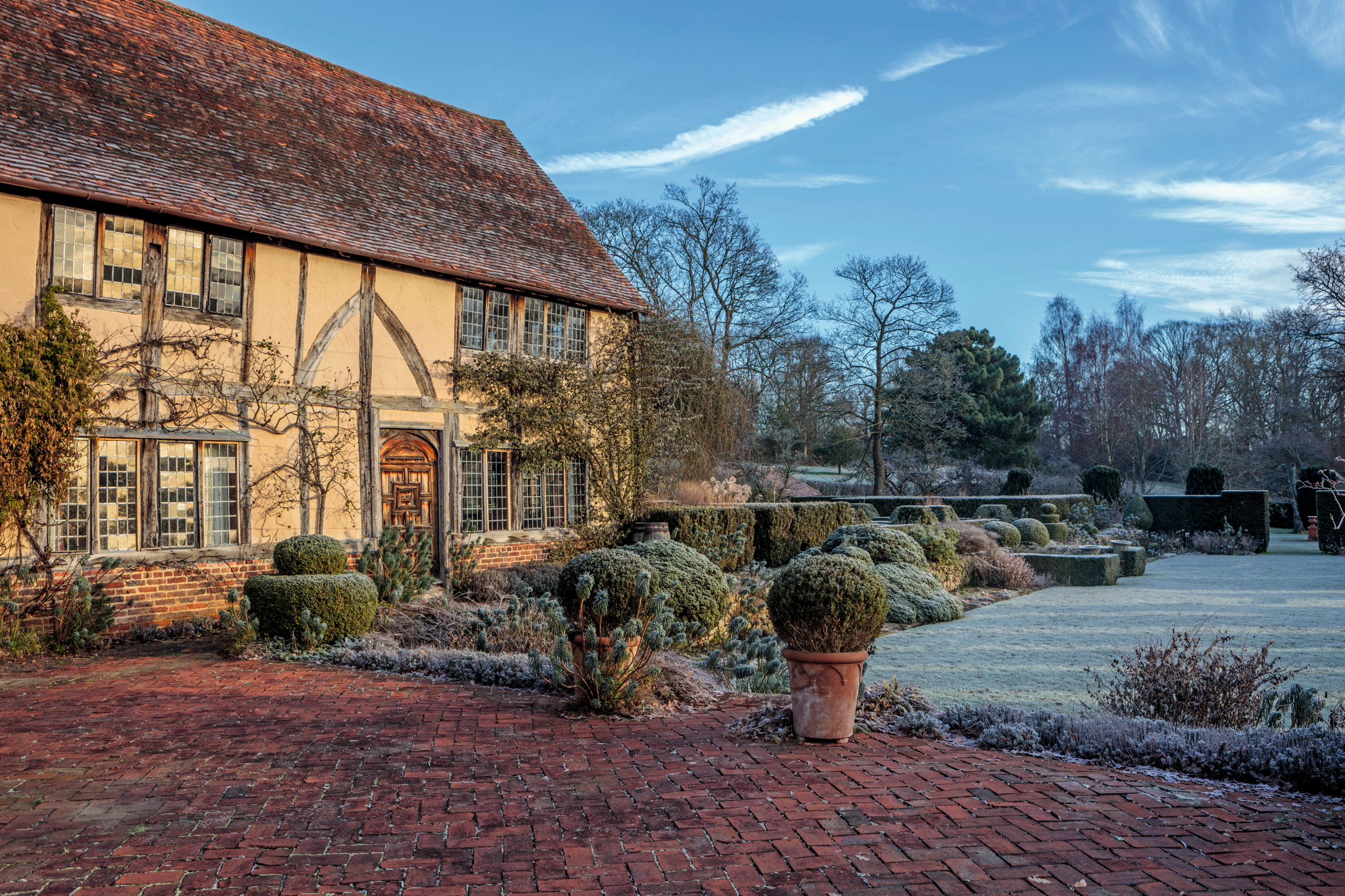
The young couple was the heiress Anne Morrow and her husband, Charles Lindbergh, already world famous as the first solo pilot to cross the Atlantic, who had fled America after a terrible family tragedy and the intrusive publicity that came in its wake. At Long Barn, they found the peace and privacy for which they had so desperately been looking.
Remarkably, the house and its setting remain almost unaltered to this day. Just south of sprawling Sevenoaks, on the edge of the village of Sevenoaks Weald, Long Barn has been lucky to preserve its long views south across the well-wooded countryside of the Low Weald. Yet despite their celebrity, it is not for the Lindberghs that Long Barn is best known, but for their landlords at the time, who had rescued the house and planted its grounds, before moving on to create another, more famous garden, near a village called Sissinghurst.
The landlords were, of course, Harold Nicolson and Vita Sackville-West, whose names today are synonymous with Sissinghurst Castle, which they purchased in 1930. But, for 15 years before that, they lived at Long Barn and their garden there — which survives relatively intact — shares many of the same elements that they were later to expand and refine at Sissinghurst. Sackville-West and Nicolson bought Long Barn in March 1915, two years after they got married. An ancient timber-frame cottage (alleged to be the birthplace of William Caxton) it was, when they found it, a wreck surrounded by acres of nettles and briars, but with Sackville-West’s money they restored the house and — as Edwin Lutyens had recently done at Great Dixter in East Sussex — extended it by dismantling a derelict barn, which they then tacked on to the existing building.
(Edwin Lutyens archive pic?)
At the same time, they began work on the gardens. The 2½-acre site slopes down from north to south, with the L-shaped house half-way up the hillside on its western edge. In the corner of the L is a large terrace, paved with brick in 1915 and still serving its original purpose as a sunny sitting and dining area, just as it did when Virginia Woolf and other Bloomsbury Group denizens stayed. Immediately beyond the terrace is the main lawn, divided into two levels by low rubble walls topped by an avenue of clipped Irish yews and enclosed by a yew hedge at the end. Above is a box parterre and below is the Dutch Garden — with a simple pattern of raised, L-shaped beds, originally sketched out for Nicolson by Lutyens. Crossing all these levels at a right angle from top to bottom is a path and a series of short steps, widening as it descends.
Exquisite houses, the beauty of Nature, and how to get the most from your life, straight to your inbox.
It may all sound rather geometric and formal, but the charm of Long Barn is that, as in the house, everything is slightly wonky. That is partly the inevitable drift associated with a century of cultivation, but it may also be the result of the garden-makers learning as they went along. This was, after all, their first foray into horticulture: Sackville-West later wrote that she only started gardening in her twenties, when she arrived at Long Barn. It was here that she and Nicolson first tried out ideas that they would later develop at Sissinghurst in a more confident and expansive way. It’s fascinating to seek out the similarities — and differences — between the two.
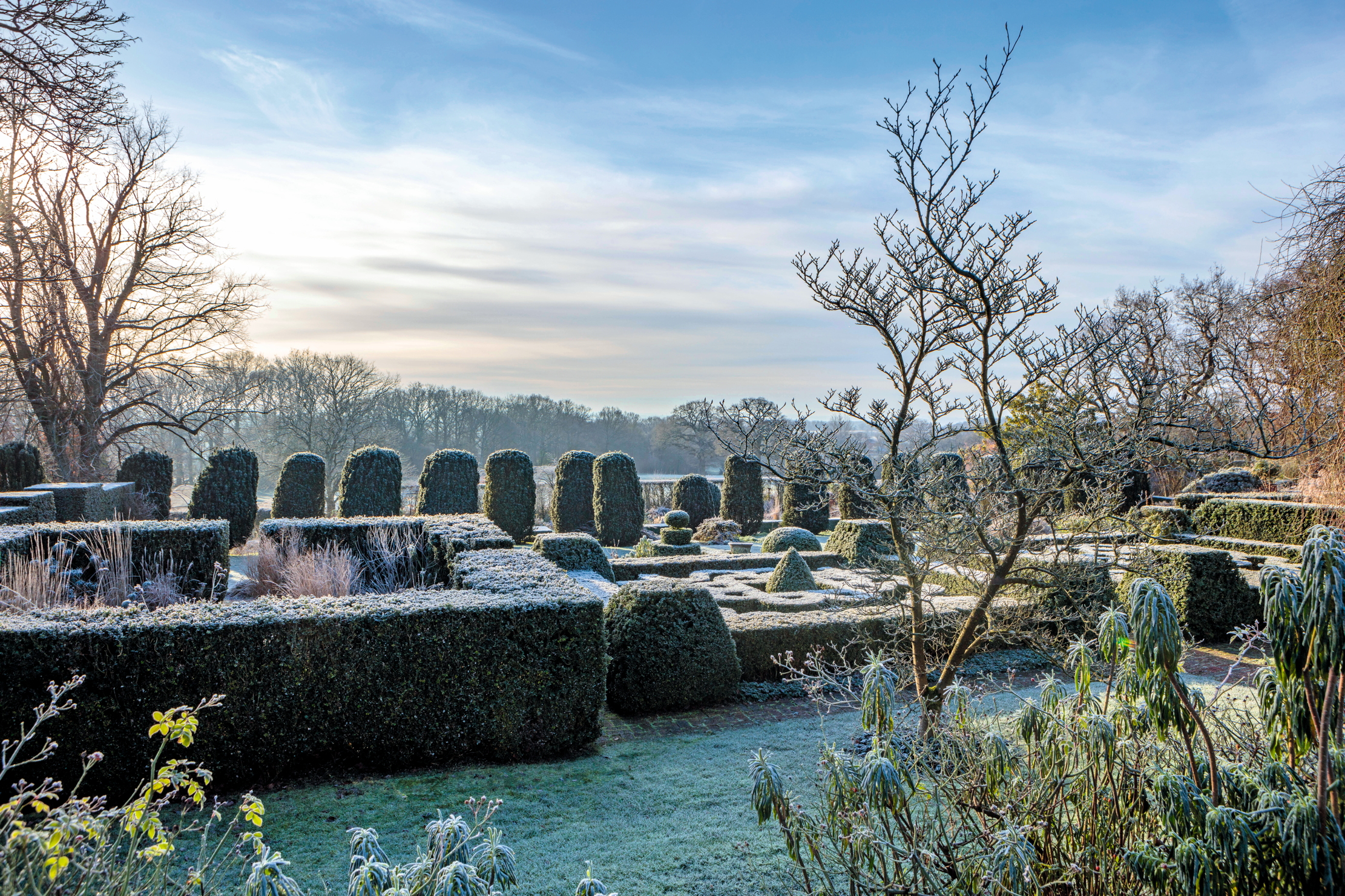
Yet this is not a garden museum and Long Barn has had a succession of owners and occupiers since the Bloomsbury days, some notable in their own right. Before the Lindberghs, it was rented by Sidney Bernstein, who founded Granada Television, and, in the 1950s, the philosopher Arthur Koestler lived there. In the 1980s, it even became a rock-star retreat, when it was bought by Eric Stewart from 10CC, but, since 2007, it has been owned by Lars and Rebecca Lemonius (an ex-City Dane and a British former lawyer), who have sensitively maintained and imaginatively extended the original gardens, with the help of head gardener Anna Ribo and a small team.
‘It is a full-time job,’ says Mrs Lemonius, ‘and an endless source of pleasure.’ She runs short gardening courses, and welcomes group visits by appointment, feeling that: ‘To garden on this scale only for ourselves would be ridiculous and it gives us a lot of pleasure to share it.’ She emphasises that, although the garden is anything but a slavish re-creation: ‘We plant with Vita’s ethos and style always in the front of our minds, continuing to seek the creation of the atmosphere she sought.’
As are all the best gardens, Long Barn is, in its own way, as alluring in winter as it is in spring and summer: it has good bone structure, so to speak, mainly thanks to Nicolson’s careful layout. As Mrs Lemonius says: ‘For us, Long Barn in the winter is Harold’s garden. His hand is evident in the straight lines — the north-south axis running through the centre and the east-west one through the Dutch Garden. The yew columns, planted by Vita to fit with the design that Harold sketched, stretch away, guarding the next generation of her sleeping treasures in the flowerbeds. The hedges themselves become a focus, rather than the floral surprise they contain and reveal.’
Long Barn is a haunting, haunted garden, much loved by its many owners, and it is easy to share Anne Lindbergh’s feelings when she first saw it back in 1936. ‘I had an incredible feeling of peace and security — the low house backed up to a hill, its arms around you. Security at your back and there in front of you that great sweep of freedom — complete country, fields and hills, escape…’
Visit www.longbarngardens.uk
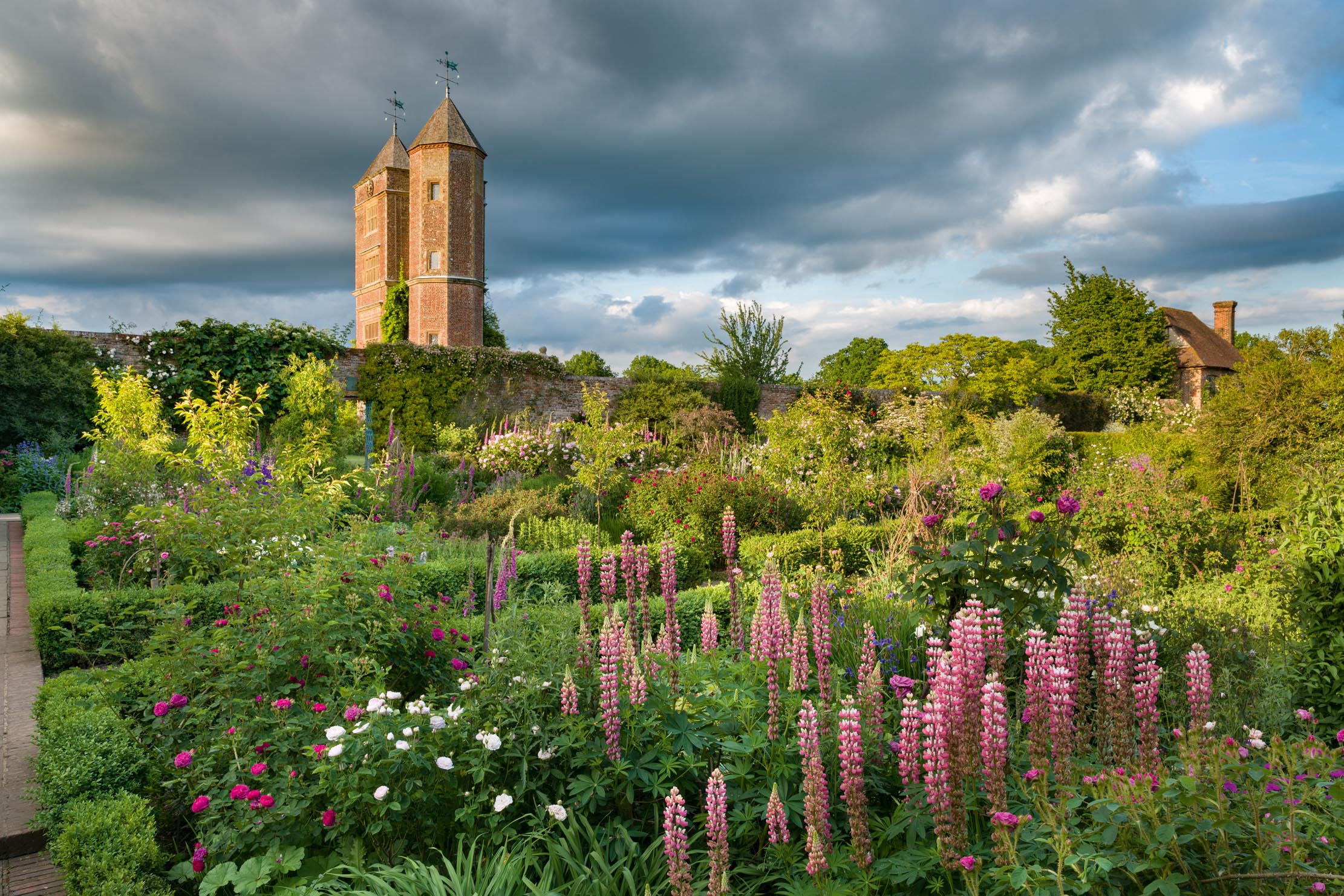
In Focus: How an amateur gardener created Sissinghurst, one of the most influential gardens ever made
'No garden had greater influence in the second half of the 20th century' according to John Sales, the National Trust's
Little Mynthurst Farm: A rare mid-20th-century garden designed by Russell Page
George Plumptre enjoys the grounds of a Tudor farmhouse that was the former home of Lord Baden-Powell. Photographs by Clive
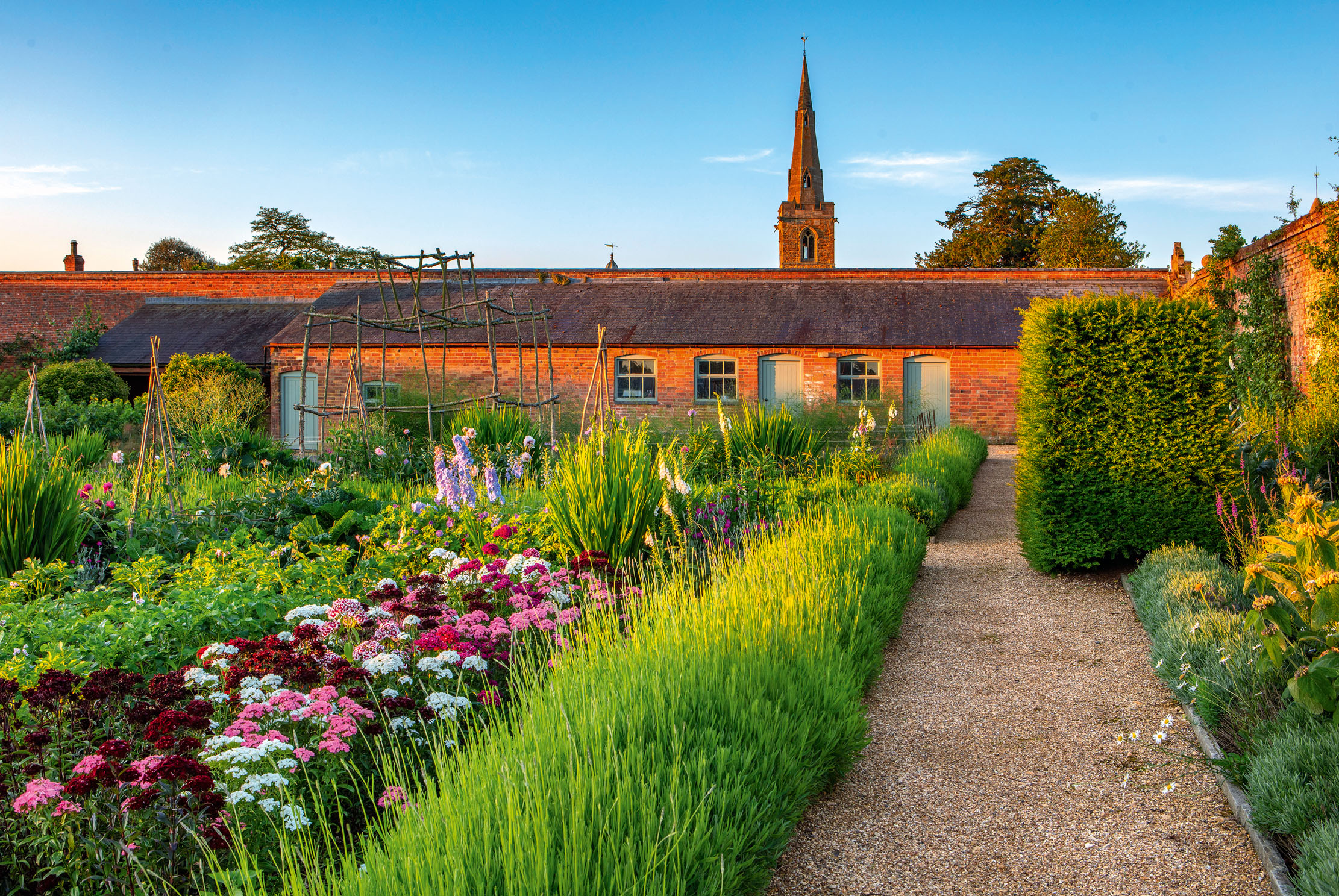
Nevill Holt, Leicestershire: 'After 700 years of ups and downs, finally entering its prime'
The reimagined gardens at Nevill Holt, Leicestershire, have stepped into the limelight to offer a powerful overture to the summer
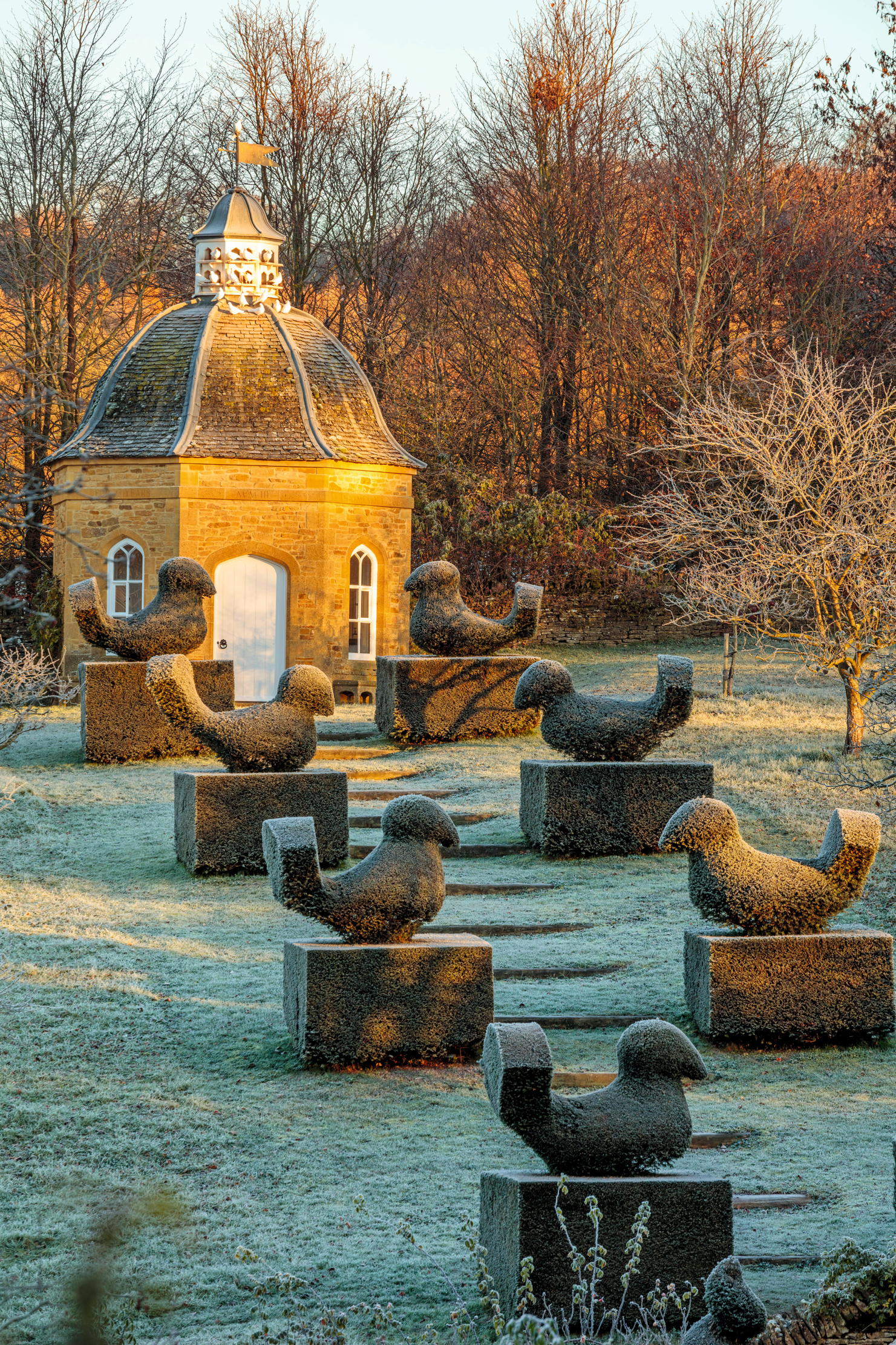
The gardens at Rockcliffe: Cold comforts that even Britain's worst winters can't spoil
At 600ft above sea level, the garden at Rockcliffe in Gloucestershire —the home of Simon and Emma Keswick — suffers